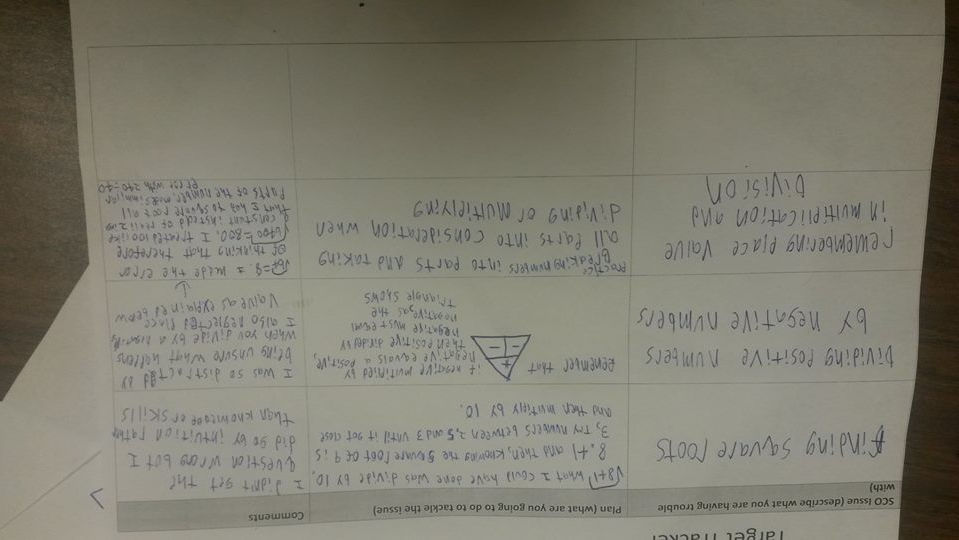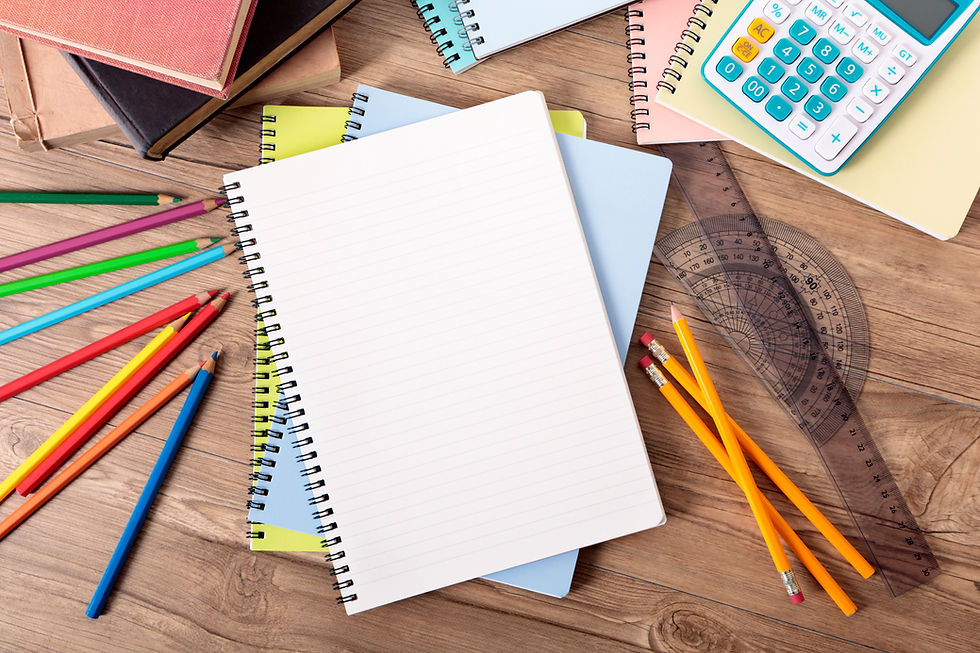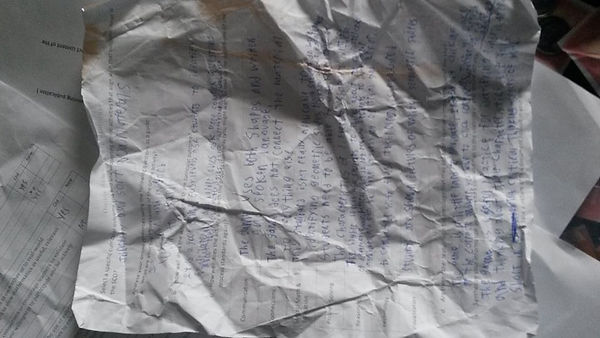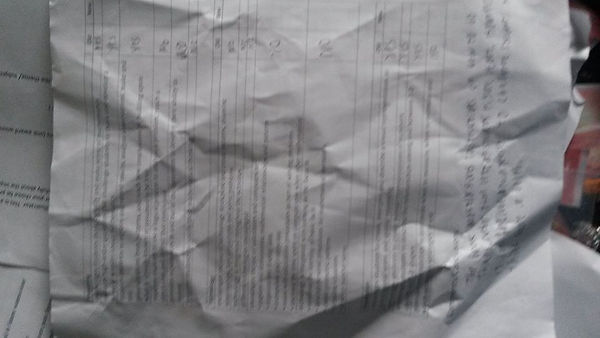Patterns and Algebra
Download this PDF form and fill in all the correct details!
Bring or send your form to the following address: info@mysite.com
Pay the $35 administrative fee - payable on line via this link
01.
02.
03.
I'm a paragraph. Click here to add your own text and edit me. It’s easy. Just click “Edit Text” or double click me to add your own content and make changes to the font.
Our Admissions

We shall process your admission and update you with our final decision within 60 days of receiving payment and all documentation.

How Students Learn Math and What We Want Them To Learn. Article by M. Small
This was an interesting article about mathematics, what it is, and how it's taught. The most interesting part to me was the different ways of looking at math. Is it a set of procedures, a hierarchy of concepts and skills, a study of pattern, or a way of thinking? I was surprised to learn how much different provinces differ in what they teach in math and when. Perhaps these differences are a symptom of the differing perspectives of what math even is.
Some perspectives seem, to me, to be outdated ways of thinking. For instance, the first perspective described, math as a set of procedures, believes that there is one correct procedure for each mathematical task and emphasizes rote memorization of procedure over understanding why the procedure works. I strongly disagree with this viewpoint because I believe math becomes easier and more useful when one understands why it works the way it does. For example, one way to find the surface area of a cylinder is by memorizing the formula. On the other hand, one can think logically about how it works, that you need to find the area of each part and add it together. Understanding how it works gives you one less thing to memorize and enables you to apply this logic to other situations.
The perspective I most agree with is math as a study of pattern. My example of understanding how to find the surface area of a cylinder involves recognizing that there is a pattern to finding the surface area of three-dimensional shapes, that it involves building upon how to find the area of two-dimensional shapes.The best way of understanding most mathematical concepts is by understanding the pattern of how they relate to one another. Counting systems follow a pattern that repeats itself so that, once you understand the rules, counting to ten enables you to count to a hundred. Extending the pattern to three digit numbers enables you to count to a thousand. Basic operations like addition, utilize this pattern. Once you understand basic operations, learning more rules enables extending this pattern to all mathematical operations.


